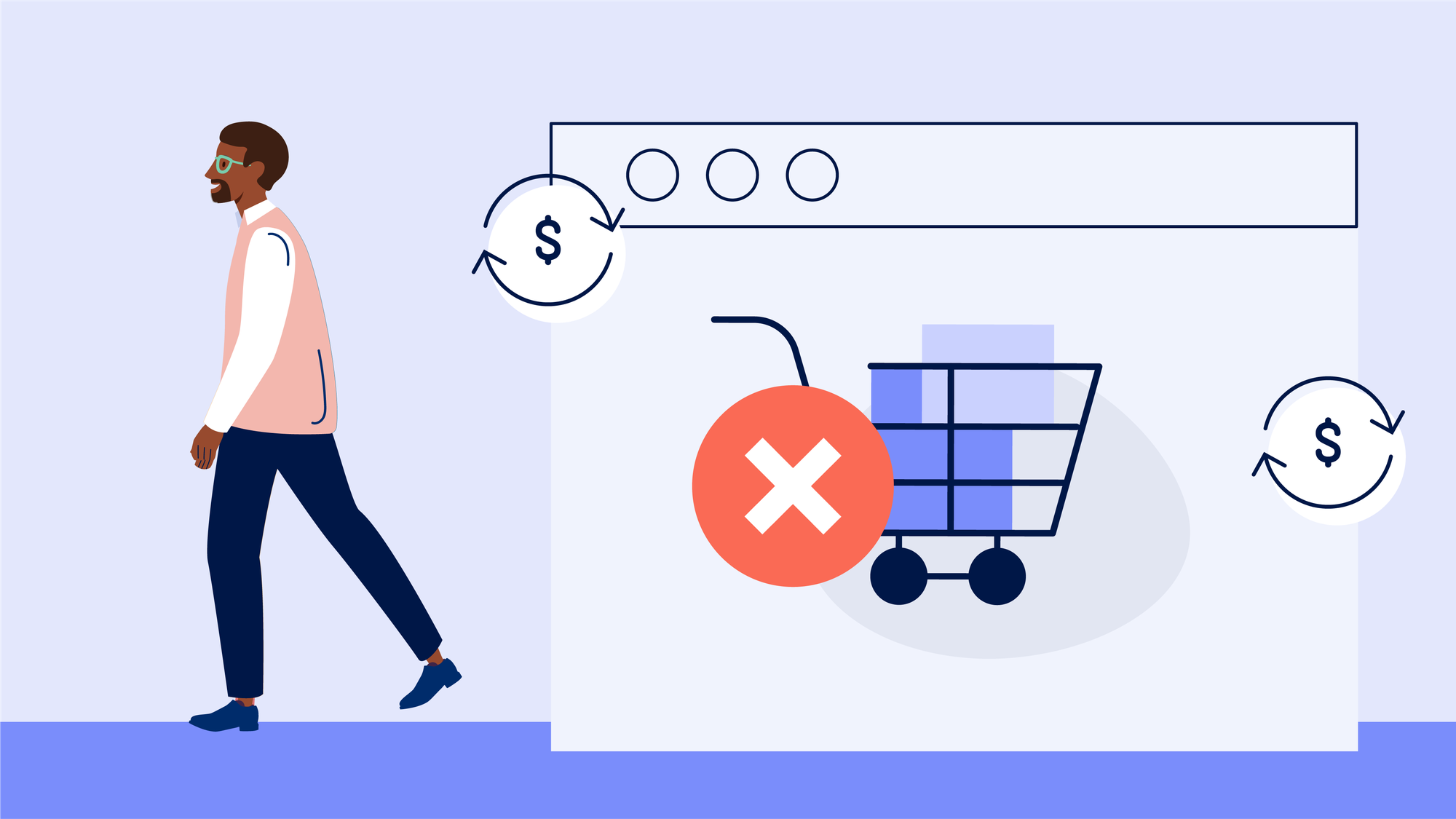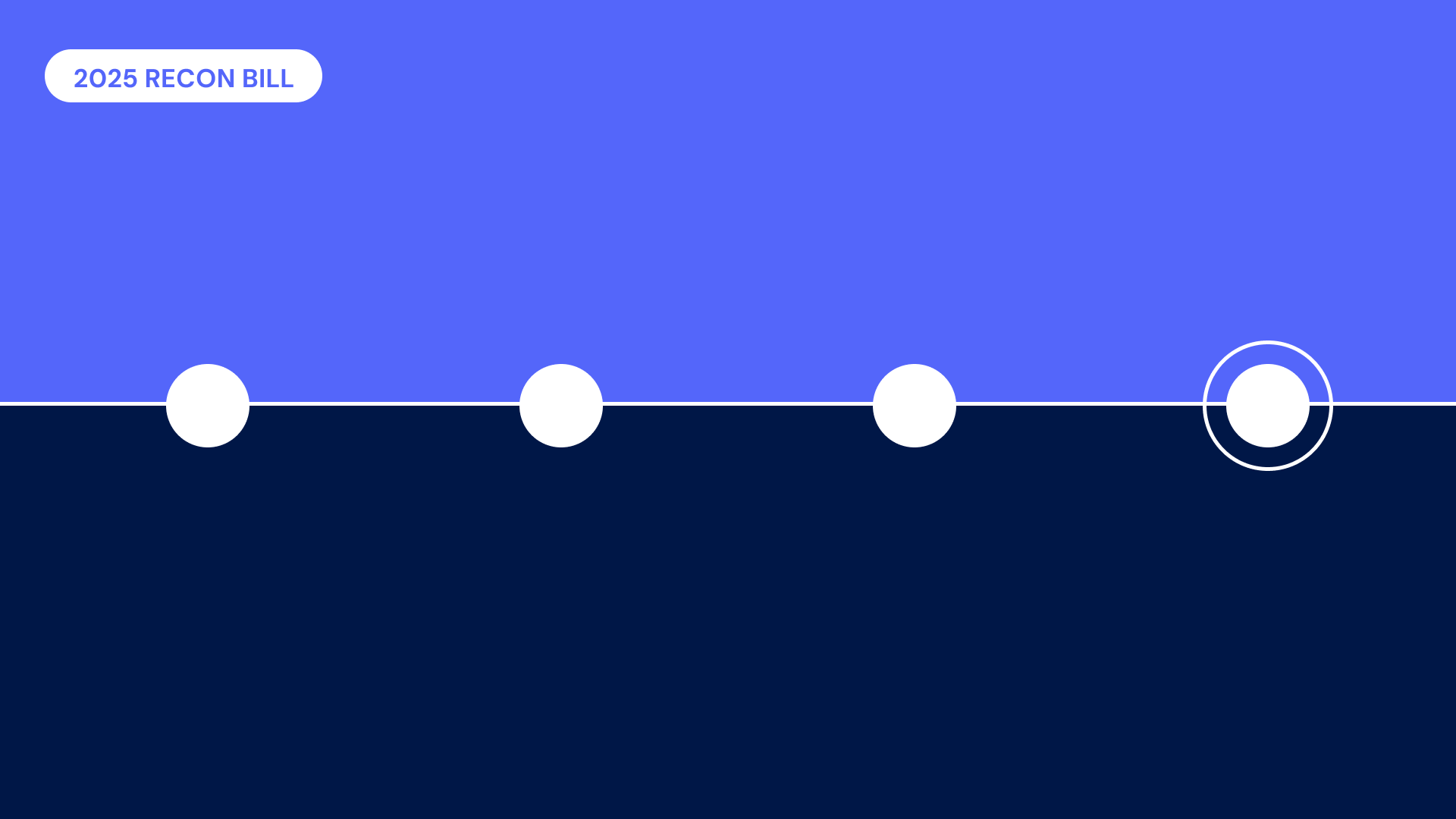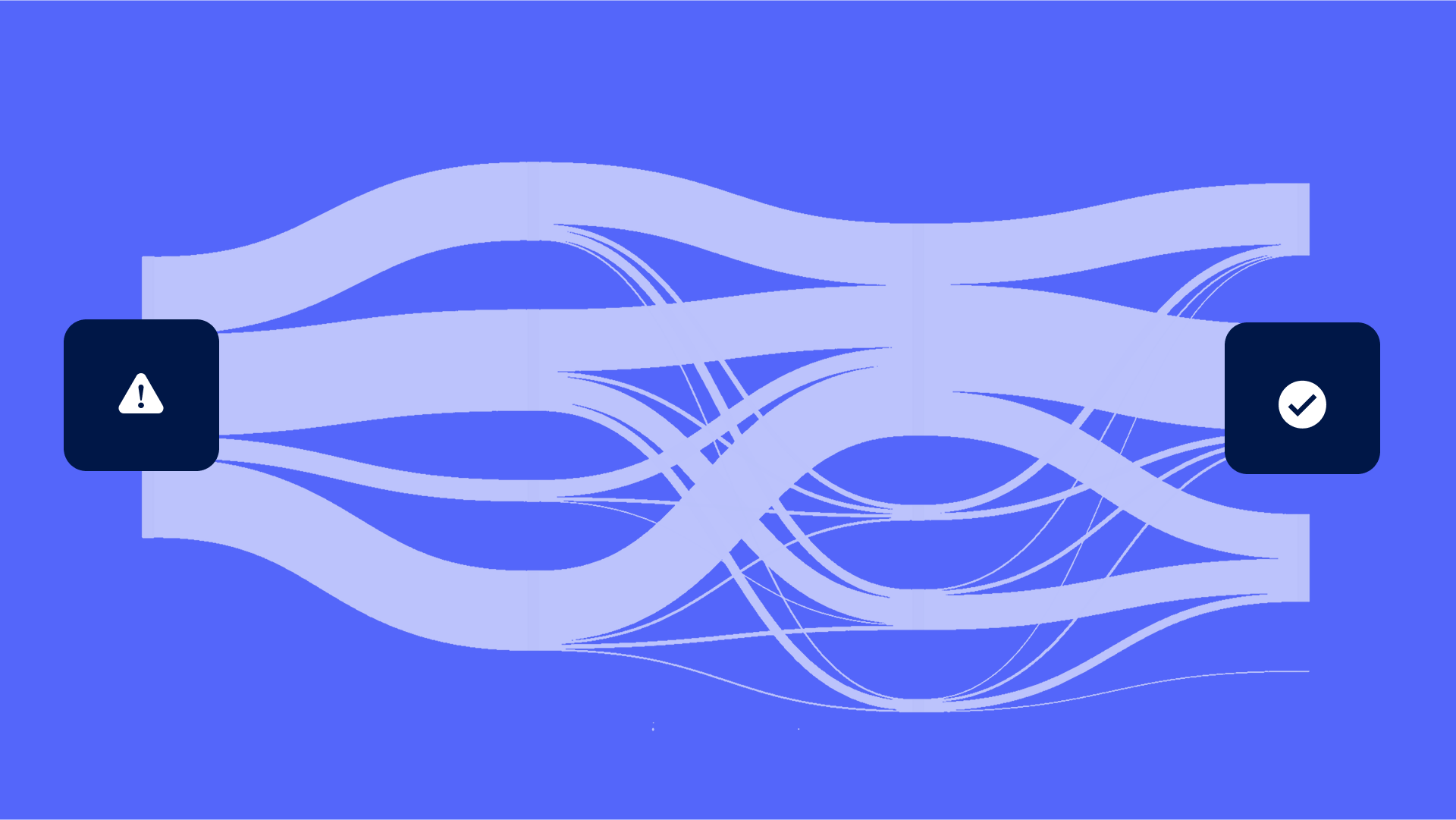It’s happened to nearly every consumer. You start shopping online, add a couple items in your cart, then get sidetracked and leave the site. Hours later, an email arrives—don’t you want those shiny new objects sitting in your cart? Don’t forget! This is the tried-and-true abandoned cart email.
Given that more than two-thirds of e-commerce carts get abandoned at some point, these emails can be an immensely powerful tool. In fact, they help companies bring in more than $260 billion annually, according to some estimates.
By acting on the lessons gleaned from these campaigns, RCM leaders can potentially recover millions from what could have otherwise been written off as “bad debt,” driving massive value for health systems.
A brief history of abandoned cart emails
In the late ‘90s, online retailers were largely powerless to address abandoned cart drop-offs. The data and automation needed to execute follow up wasn’t in place, which meant companies didn’t always know when people left before making a purchase.
Enter cart abandonment tactics 1.0: surveying. Through surveys, retailers in the early 2000s began to capture the reasons for abandonment. Aside from shipping costs, the main issues had to do with hurdles that complicated the consumer experience:
- Checkout process too long (44%)
- Checkout process requires too much personal information (35%)
- Confusing checkout process (27%)
- Site requires registration before purchase (23%)

Acting on the data, forward-thinking online retailers like Amazon and Apple made massive inroads streamlining experiences with innovations like 1-Click purchasing. But they also saw huge gains by designing personalized prompts in the form of abandoned cart email campaigns. Today these campaigns are automated, personalized and constantly tweaked (sent at optimal day, time frequencies, etc.) to generate maximum sales recovery.
While half of all carts are still abandoned (almost always due to high-effort checkout experiences), companies now have more tools than ever to remind consumers and recover nearly 14% of abandoned cart sales.
Lessons for revenue cycle management
With more than $56 billion written off annually due to bad debt, providers are leaving a lot of money on the table by not optimizing payments with a similar approach to patient billing.
However, EHRs typically don’t offer capabilities to conduct this outreach. Their billing features may include basic reminder notifications, but online patient portal adoption hasn’t taken off yet. This, in addition to various historical and cultural reasons, means many health systems put limited effort into patient payments. To put it another way, they’re operating like e-commerce outlets in the ‘90s.
So what’s to be done?
1. Remove friction from the process: Start with simple billing options and clear explanations that make it easy for patients to pay. Additionally, giving them the option to settle small balances in three clicks or fewer is one way to make progress. From there, health systems can design personalized prompts that cue patients to act—either by paying or setting up a payment plan.
2. Timing is everything: Timing plays a big role in abandoned cart emails. If a retailer sent you a message a month after you filled your cart, it wouldn’t make a difference. Once a healthcare bill is processed, we’ve learned that capturing patient attention during the first few days is critical. If patients don’t interact within 10 days, the probability of digital adoption decreases by 50 percent and payment by 18 percent. That means RCMs have to work harder to follow up with patients later in the billing cycle, or worse, run accounts through expensive vendors that quickly erode the return on cash collected, as well as the patient experience.
By taking a page from the most cutting edge abandoned cart strategies, RCM leaders can use the best iterative techniques of data science, design thinking and adtech to craft digital outreach strategies that maximize results. Organizations can collect data to understand why various patient archetypes don’t pay bills. Then digital leaders can customize outreach at the right time and in the right channel (text, paper, email, etc.) to nudge every patient in the best-possible way.



